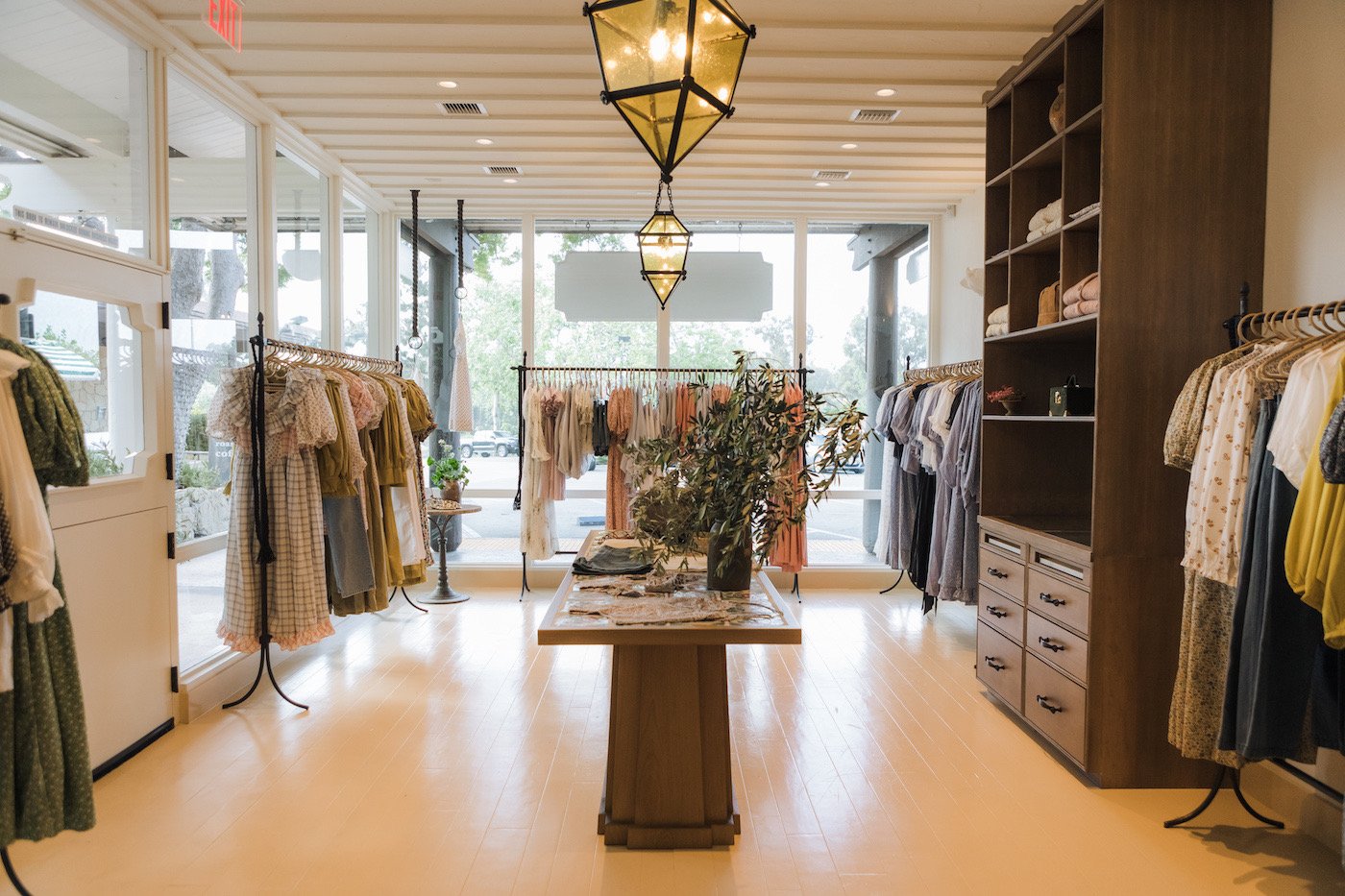Exactly how to Style Your Attires with Boutique Fashion Finds
Exactly how to Style Your Attires with Boutique Fashion Finds
Blog Article
Exploring the Development and Influence of Apparel on Modern Style Trends
The advancement of apparel has substantially affected modern style patterns, merging historical criteria with advanced technologies. Legendary numbers like Coco Chanel and Yves Saint Laurent transformed the fashion business by presenting ideas that focus on comfort and ease of access, which proceed to reverberate today. Meanwhile, technical strides in areas such as 3D printing and clever fabrics are redefining design possibilities and customer experiences. In addition, the growing focus on inclusivity and sustainability is improving sector criteria. As we consider these diverse influences, one need to question just how these elements collectively redefine fashion's function in reflecting and shaping contemporary society.
Historic Style Influencers
In the tapestry of fashion background, specific figures have actually left an enduring mark, shaping the patterns and styles that define whole eras. Coco Chanel, a cutting edge designer, redefined females's fashion by introducing comfy, classy clothes that departed from restrictive corsets. Her renowned Chanel suit and little black outfit have come to be ageless staples in wardrobes worldwide. Christian Dior's post-war "New Look" in 1947, with its event of feminineness with full skirts and cinched waistlines, noted a return to luxury and has actually continued to influence designers.
Elsa Schiaparelli is one more pivotal figure, renowned for her avant-garde styles that incorporated surrealist art, teaming up with Salvador Dalí to develop wayward pieces that challenged standard visual appeals. Her cutting-edge use of shade and bold patterns resounds in modern fashion. Yves Saint Laurent, meanwhile, democratized haute couture with prêt-à-porter collections, bringing path styles to the masses and establishing a precedent for modern-day ready-to-wear lines.
These visionaries, to name a few, not just reinvented style in their times but also set withstanding fads that reverberate in today's garment industry, supplying a structure whereupon modern developers remain to construct and innovate. Their heritages underscore the significance of creativity and daring in fashion's ever-evolving story.
Technical Innovations in Fashion
Amidst the vibrant landscape of the fashion business, technical improvements stand at the leading edge of technology, improving just how developers develop and customers involve with style. The assimilation of 3D printing has actually revolutionized design processes, enabling developers to experiment with complex frameworks and lasting products that were formerly unthinkable. This innovation assists in fast prototyping, minimizing waste and quickening manufacturing times.

Smart fabrics, embedding innovation into fabrics, are likewise changing the market. Technologies like temperature-regulating and self-cleaning fabrics use enhanced performance and convenience. Wearable innovation, including features like health and fitness tracking and communication, includes a new dimension to style, combining appearances with functionality.
Cultural Changes and Design
As technological improvements remain to reshape the fashion business, social changes are equally significant, redefining design and consumer preferences. Recently, the increase of social media sites systems has accelerated the dissemination of worldwide style fads, permitting diverse cultural impacts to assemble and coexist. This digital interconnectivity has actually facilitated the quick exchange of ideas, resulting in a more diverse and comprehensive interpretation of style that mirrors the complex nature of modern culture.
Cultural understanding and gratitude have actually motivated developers to draw inspiration from a more comprehensive range of ethnic and historical internet contexts, integrating traditional concepts with modern visual appeals. This fusion has actually led to fashion that resonates with a bigger target market, promoting a feeling of identity and belonging throughout various demographics. Additionally, the increasing need for personalization has actually driven brand names to provide personalized choices, allowing customers to reveal individuality while mirroring their cultural heritage.
Moreover, changing societal worths have impacted style, with inclusivity and diversity ending up being central motifs. The market has actually begun to welcome designs and influencers of numerous type of body, ethnicities, and sex identities, tough conventional elegance requirements. This makeover highlights the power of social shifts fit the future of fashion, as style comes to be a much more genuine expression of cumulative and personal identification.
Sustainability and Modern Design
While the style sector continues to evolve, the necessary for sustainability has actually come to be increasingly urgent, influencing modern design methods. The rise of slow fashion, which emphasizes quality over quantity, motivates customers to invest in timeless items instead than short-term fads.
In addition, modern-day layout is identified by its technology in decreasing waste and advertising circularity. Strategies such as zero-waste pattern cutting and 3D knitting are getting grip, permitting developers to produce garments with very little fabric wastage. Furthermore, brand names are taking on transparent supply chains, making sure responsibility and fostering customer depend on. This technique not useful link only mitigates ecological effect but also boosts the social obligation of fashion residences.

Future Trends in vogue

Sustainability will remain to be a driving pressure in shaping future style trends. The industry is increasingly embracing environment-friendly materials and moral manufacturing methods, responding to a growing consumer demand for liable methods. Technologies such as bio-fabricated products and closed-loop recycling systems are established to redefine how apparel is created and taken in, reducing ecological influence while keeping style and quality.
Cultural shifts, including the rise of inclusivity and diversity, will additionally play a crucial role. As society ends up being a lot more familiar with social issues, fashion is anticipated to become a system for expression and change. Designers will likely concentrate on producing collections that show a wider variety of experiences and identities, championing representation and accessibility.
Verdict
The advancement of clothing substantially affects contemporary style trends, where historic impacts merge with modern styles. Trick numbers like Coco Chanel and Yves Saint Laurent have redefined design, while technological technologies such as 3D printing and clever fabrics increase imaginative possibilities. Cultural changes in the direction of inclusivity and sustainability urge brands to adopt honest techniques and accept variety. This recurring development underscores fashion's function as a mirror to societal values and technological improvement, suggesting a future abundant with technology and inclusivity.
The advancement of clothing has substantially affected contemporary fashion patterns, merging historical criteria with advanced developments.Among the vibrant landscape of the fashion industry, technical developments stand at the center of development, reshaping how designers produce and customers engage with style.While the fashion industry continues to progress, the essential for sustainability has actually become progressively immediate, affecting modern layout techniques. As sustainability ends up being ingrained in contemporary layout, it paves the way for a much more liable and aware style industry.
The advancement of clothes dramatically impacts contemporary fashion trends, where historic impacts merge with contemporary styles.
Report this page